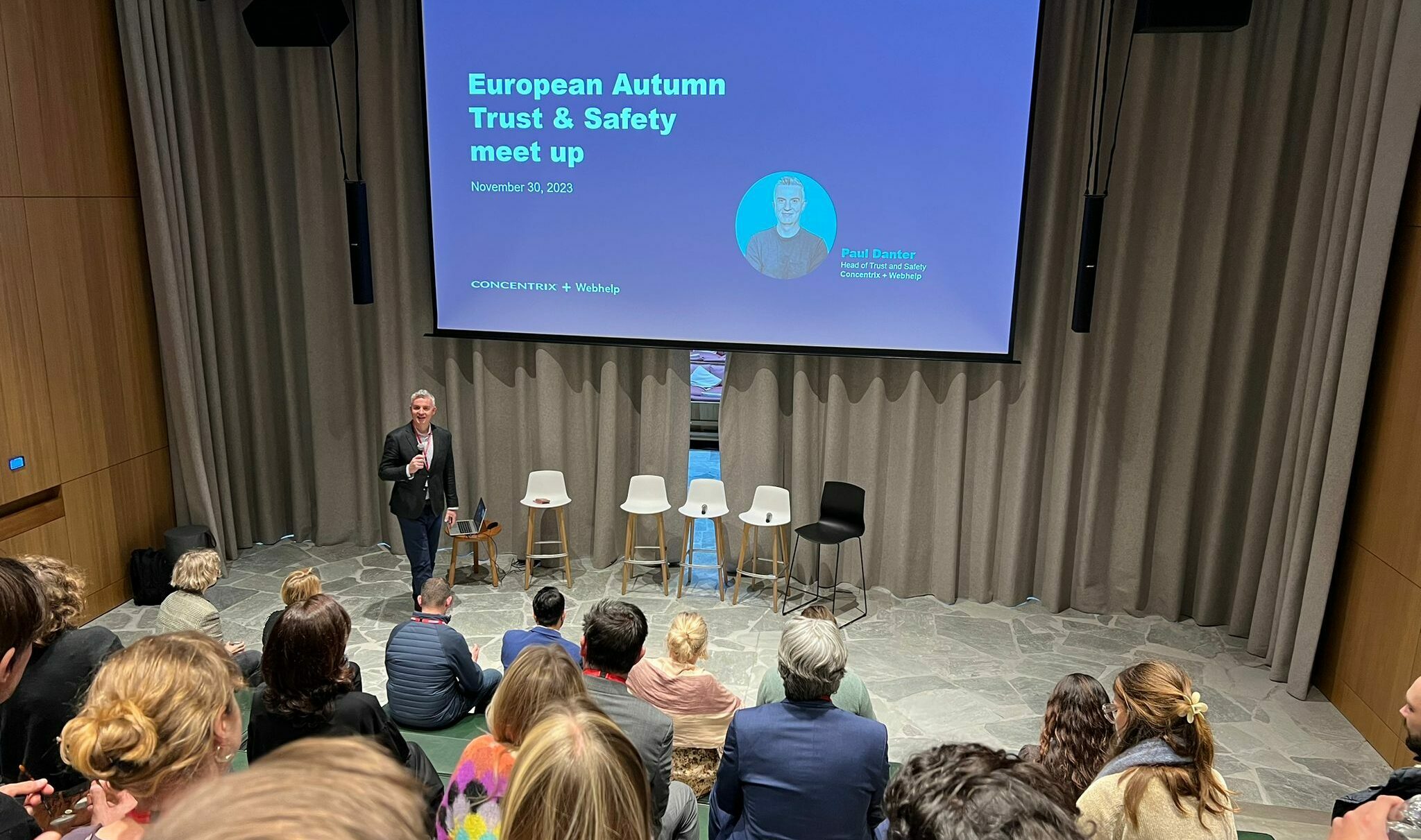SHARE

It’s no secret that the fashion industry has endured one of the most challenging trading years in its history due to COVID-19, with shop closures and the seismic shift from bricks and mortar stores to digital selling.
In fact, the 2021 McKinsey State of Fashion report talks of a ‘Darwinian’ shakeout of firms that were weak before the pandemic, while stronger players will be emboldened.
In our experience, supporting the growth of 50 global fashion brands, we see that the strongest firms are evolving their service centers into profit-making entities, geared towards supercharging customer satisfaction while systematically driving up sales – not just solving problems.
Many of the world’s largest fashion brands recognize that customer experience isn’t their raison d’être. They understand they can benefit from external expertise to help them solve critical challenges in this area – such as spotting trends and patterns in data, shifting to new technologies, or engaging always-on, skilled, flexible, and multilingual teams which are passionate about delivering excellence for brands.
These leaders who had the foresight to see that their customer service teams were an asset in waiting are also the same leaders working with us to redeploy skilled people from solving problems to driving sales.
And so, in the middle of a strategic and fundamental business transformation, during a global pandemic, they can remain laser-focused on their core mission – creating the very best clothing collections for customers.
It could be like this for every fashion business. There is still enormous strategic and commercial opportunity to reposition customer service and experience, not as a ‘nice to have,’ but as a function that adds real value to customers and brands’ profitability.
For example, we re-engineered and digitized the customer service center of a luxury fashion client. This resulted in 50% of contacts being deflected into automatable digital channels and a 26% reduction in inquiries tracking orders. We also eliminated warranty claims, which had driven 40% of references to the center.
Operational efficiencies rarely ever hit the headlines – but at a watershed moment for the fashion industry, we believe these numbers can spell the difference between success and failure.
So, what’s new?
The pandemic super-charged online shopping, with e-commerce’s share of fashion sales almost doubling in eight months – from 16% to 29% globally, according to McKinsey’s 2021 State of Fashion report.
But with technology developing at pace, simply having the right platforms isn’t enough. The report also discusses the urgent need to give customers the best possible service and experience at a time that could still make or break scores of fashion businesses.
Three features for optimal customer service and experience:
1) Ability to deliver rapid change – Global fashion brands realized they couldn’t deliver rapid strategic change at scale – so they outsourced scalability projects to Webhelp. In return, they got immediate access to a multilingual team of 3,000 skilled and flexible colleagues who deliver a diverse range of customer services, leaving brands to focus on what they do best.
For example, when delivery problems suddenly hit Greece on Black Friday, we used our proprietary talent selection approach to help one global brand source skilled multilingual expert team members, who managed everything from an influx of customer service inquiries problems with logistics and deliveries. This agile approach created a flexible workforce that could optimize service during challenging market conditions in the lucrative run-up to Christmas.
2) Commitment to turn cost centers into profit centers – The smartest brands invest in automation technologies to help customers ‘self-serve’ problems online. For example, one fashion client recently introduced chatbots as part of a customer journey redesign and saw the average order value rise by 20% and customer engagement rocket from 2% to 30%.
This approach frees up agents to engage in personalized conversations with customers, aimed at showcasing options and increasing sales.
3) Deliver customer experiences led by multimedia, and interactive content – Digital traffic to the websites in the top 100 European brands surged by 45% in April last year compared with the previous month, according to McKinsey.
Simply providing a flat, copy-led website won’t be enough when brand leaders are using tech to push the boundaries of customer experience:
• Video – When Shanghai Fashion Week went virtual and was live-streamed last year, it drew 11 million viewers with $2.75m worth of clothing and accessories sold directly to consumers. In China, live stream revenues hit $138bn last year due to lockdown – up from $63bn the year before. Meanwhile, in the US – live stream revenues are forecast to reach $25bn by 2023.
Brands like Zara experiment with video – customers who buy via their app can create a personalized video to send with a gift from the store.
• Social media – Social media platforms – particularly Instagram – have configured their apps in a way that allows customers to buy direct from stores without leaving third-party sites. This marked a significant boost for fashion companies, which effectively gained another sales channel.
Brands should also continue to maintain strong conversations and relationships with customer communities via traditional platform activity. Again, advanced firms often trust us to deploy 800 people, speaking 20+ languages to manage this – with high rankings from NelsonHall – one of the world’s leading analysts in this area.
• Technology – We also see several fashion brands racing to offer or improve existing online sizing tools to maximize customer satisfaction and reduce the massive amount of over-ordering and returns. Consumers have also shown significant interest in scan technology – typically smartphone apps that carry out 3D-body scans and supply accurate measurements to make online clothes shopping more manageable. An obvious example is ASOS’s See My Fit tool, a big hit with its customers.
Also, augmented reality (AR) continues to advance. For example, Dior has embedded AR filters within Snapchat to enable customers to ‘try on’ sneakers, hats, and other accessories. Meanwhile, Burberry’s AR shopping tool lets customers ‘embed’ or 3D-view products within their environment.
There’s no doubt that transforming customer service from a cost to a profit center marks another significant challenge for fashion businesses. But in a cut-throat market, the bravest course of action for many fashion businesses could be to work with partners who can help them reach their potential in 2021 and beyond.


![[Fashion] Choosing the right partners to grow your business in 2024, at a time when trust is fragile](https://media.webhelp.com/wp-content/uploads/2023/12/21090253/Office-Showcase-2.png)


